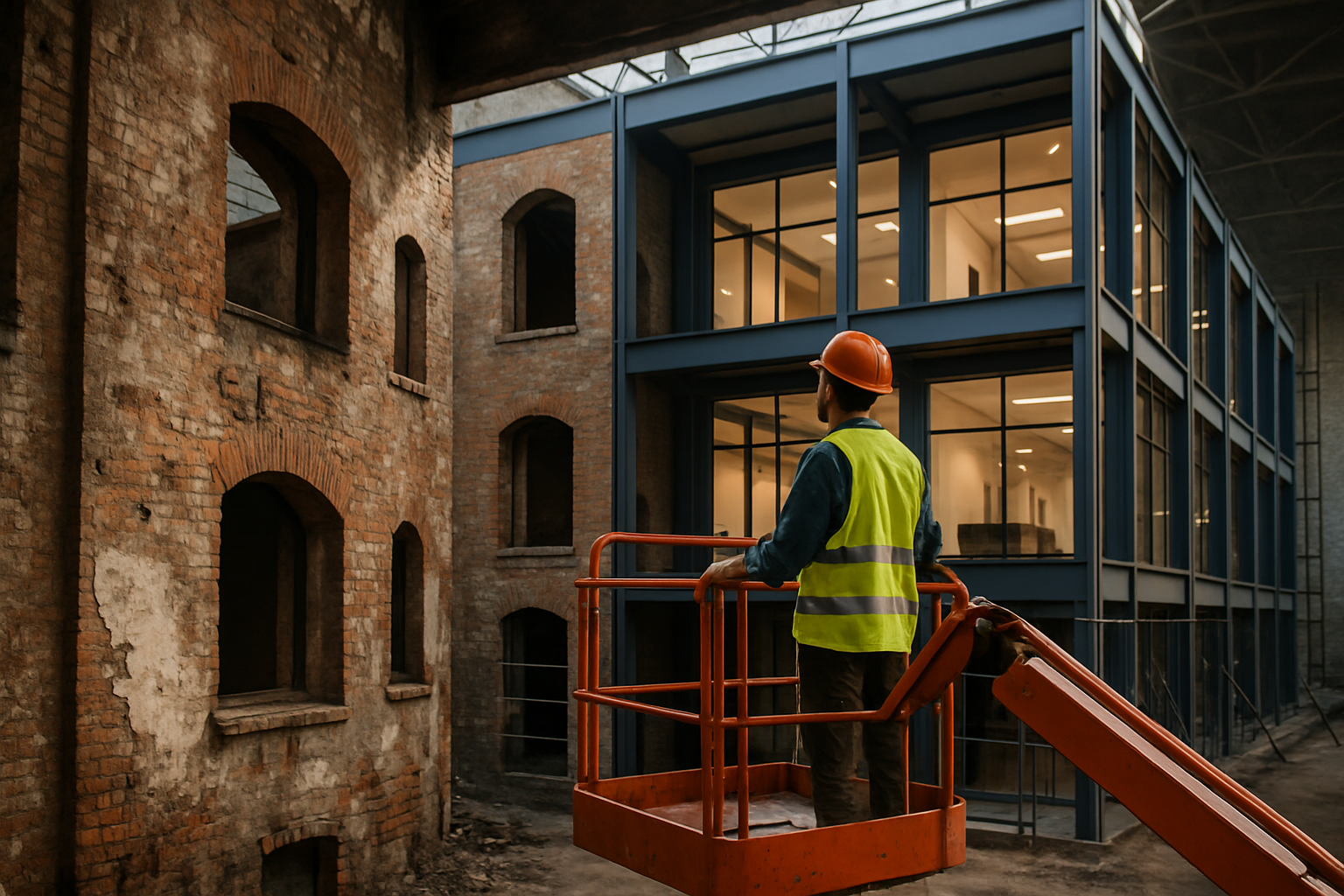Suburban Office Parks: The Next Real Estate Goldmine?
In the wake of shifting work paradigms and evolving corporate strategies, an unexpected player has emerged in the real estate market: suburban office parks. Once considered relics of a bygone era, these sprawling complexes are experiencing a renaissance, capturing the attention of savvy investors and forward-thinking businesses alike. This surprising trend is reshaping the commercial real estate landscape, offering unique opportunities and challenges for those willing to look beyond traditional urban centers.

Driving Forces Behind the Trend
Several factors are contributing to the renewed interest in suburban office parks. The COVID-19 pandemic accelerated the adoption of remote work, leading many companies to rethink their real estate needs. As a result, businesses are looking for flexible, spacious environments that can accommodate hybrid work models. Suburban office parks, with their lower density and ability to be easily reconfigured, fit the bill perfectly.
Additionally, the cost of living in major urban centers continues to rise, pushing both businesses and employees to seek more affordable alternatives. Suburban locations offer lower operational costs for companies and more affordable housing options for workers, creating a win-win situation for both parties.
The Appeal of Suburban Office Parks
One of the most significant advantages of suburban office parks is their adaptability. These large, open spaces can be easily transformed to meet the evolving needs of modern businesses. From creating collaborative workspaces to incorporating amenities like fitness centers and outdoor meeting areas, the possibilities are endless.
Moreover, suburban office parks often come with ample parking and easier access for commuters, addressing two major pain points of urban offices. As traffic congestion in cities worsens, the appeal of a shorter, less stressful commute becomes increasingly attractive to employees.
Investment Opportunities and Strategies
For real estate investors, suburban office parks represent a unique opportunity. Many of these properties are available at lower price points compared to their urban counterparts, offering potentially higher returns on investment. However, success in this market requires a strategic approach.
One popular strategy is the adaptive reuse of existing structures. Investors are transforming outdated office buildings into mixed-use spaces, incorporating elements like residential units, retail spaces, and recreational facilities. This approach not only maximizes the value of the property but also creates vibrant, self-contained communities that appeal to both businesses and residents.
Another strategy gaining traction is the development of specialized office parks catering to specific industries. For example, some investors are creating biotech hubs or technology parks, attracting clusters of related businesses and fostering innovation ecosystems.
Challenges and Considerations
While the potential of suburban office parks is significant, investors and developers must navigate several challenges. One of the primary hurdles is updating aging infrastructure to meet modern technological needs. Many of these complexes were built decades ago and require substantial upgrades to their electrical, HVAC, and connectivity systems.
Zoning regulations can also pose challenges, particularly for those looking to implement mixed-use developments. Working closely with local authorities and community stakeholders is crucial to overcome these obstacles and ensure successful projects.
The Future of Suburban Office Parks
As we look ahead, the future of suburban office parks appears bright. The trend towards decentralization of business operations is likely to continue, driven by factors such as cost considerations, employee preferences, and the need for resilience in the face of future disruptions.
Moreover, the integration of smart technologies and sustainable practices is set to transform these once-outdated complexes into cutting-edge, eco-friendly work environments. From energy-efficient buildings to green spaces that promote employee well-being, the suburban office parks of the future will be a far cry from their predecessors.
Impact on Local Communities
The revitalization of suburban office parks has far-reaching implications for local communities. As these complexes come back to life, they bring with them job opportunities, increased tax revenues, and economic growth. This influx of activity can lead to improvements in local infrastructure, schools, and public services, benefiting the entire community.
Furthermore, the development of mixed-use spaces within these office parks can help create more vibrant, walkable suburban centers, addressing one of the long-standing criticisms of suburban living – the lack of community spaces and amenities.
A New Era for Commercial Real Estate
The resurgence of suburban office parks marks a significant shift in the commercial real estate landscape. It challenges the long-held belief that urban centers are the only viable locations for thriving businesses and offers a compelling alternative for companies and employees alike.
For real estate investors, developers, and businesses, this trend presents an opportunity to be at the forefront of a transformative movement in commercial real estate. Those who can successfully reimagine and revitalize these suburban spaces stand to reap significant rewards, both financially and in terms of creating innovative, sustainable work environments for the future.
As we move forward, it’s clear that suburban office parks are no longer relics of the past, but rather, they represent a dynamic and exciting frontier in the ever-evolving world of real estate. With the right vision, investment, and execution, these once-forgotten spaces could very well become the cornerstone of tomorrow’s thriving business landscapes.





